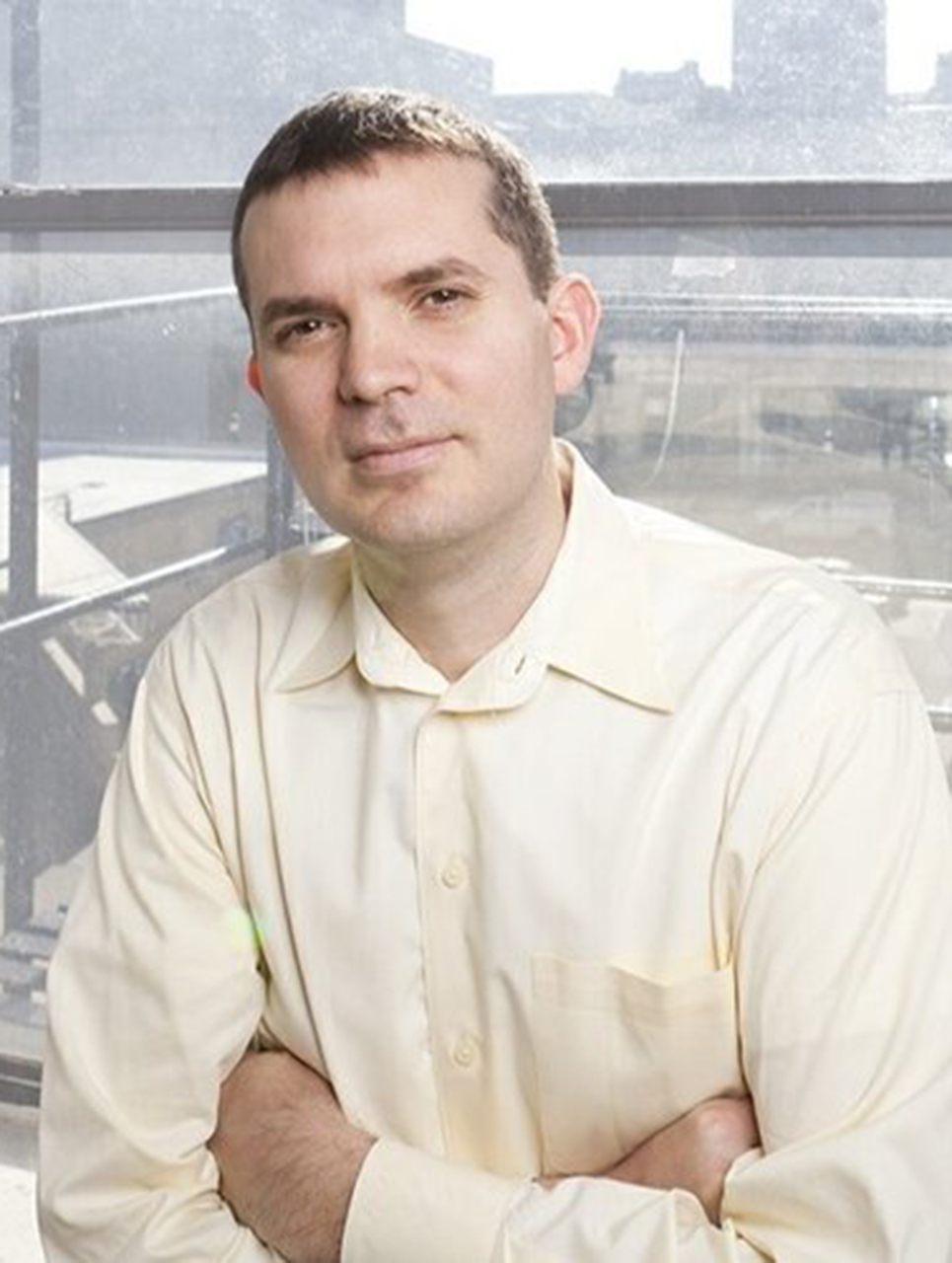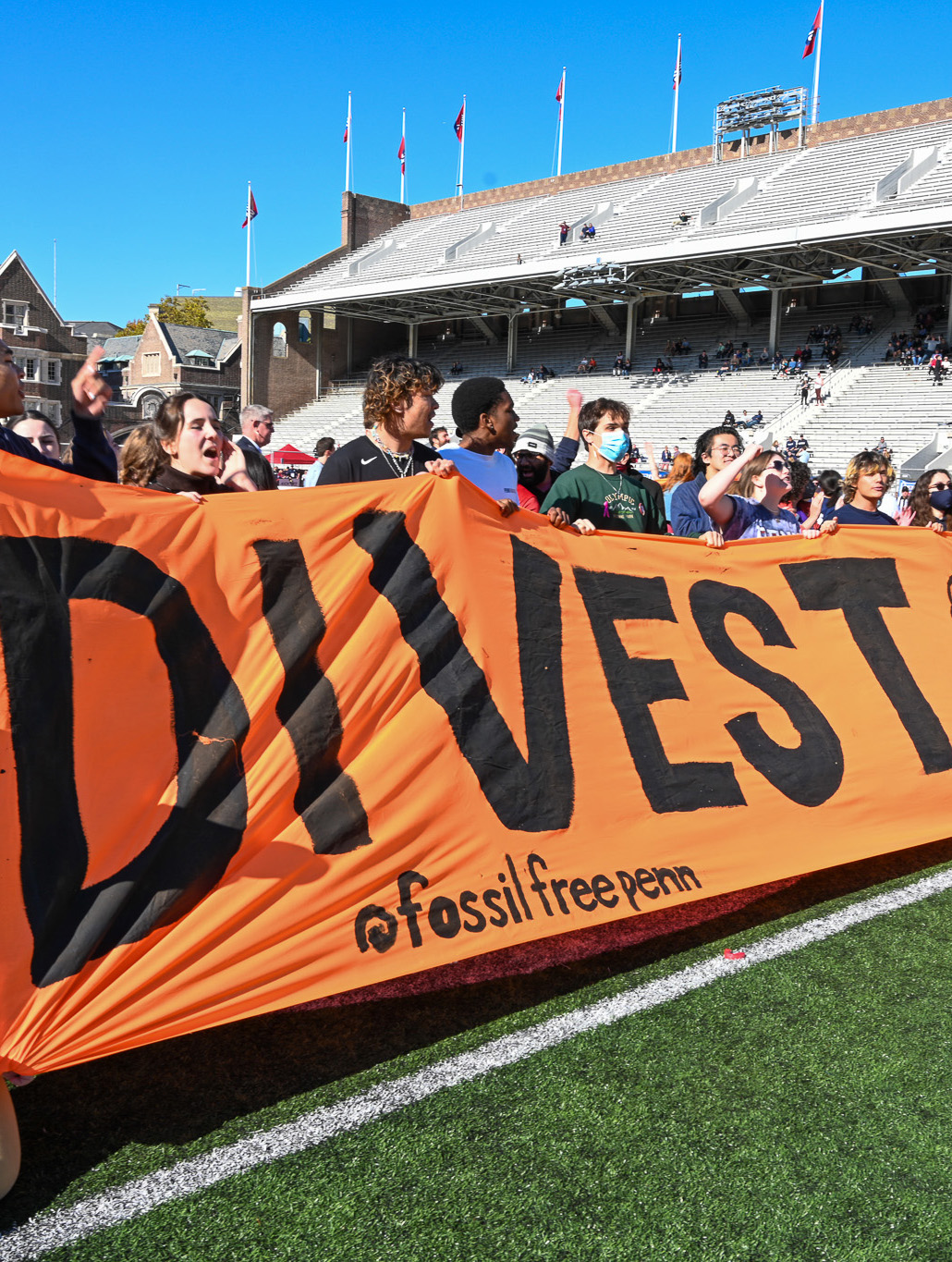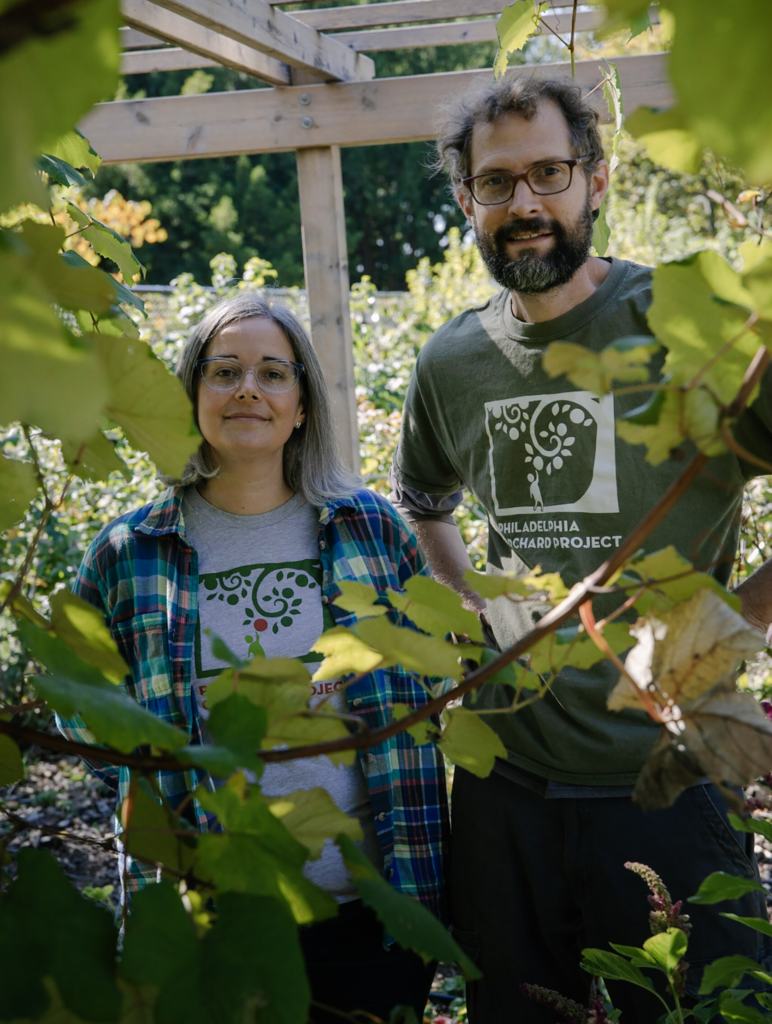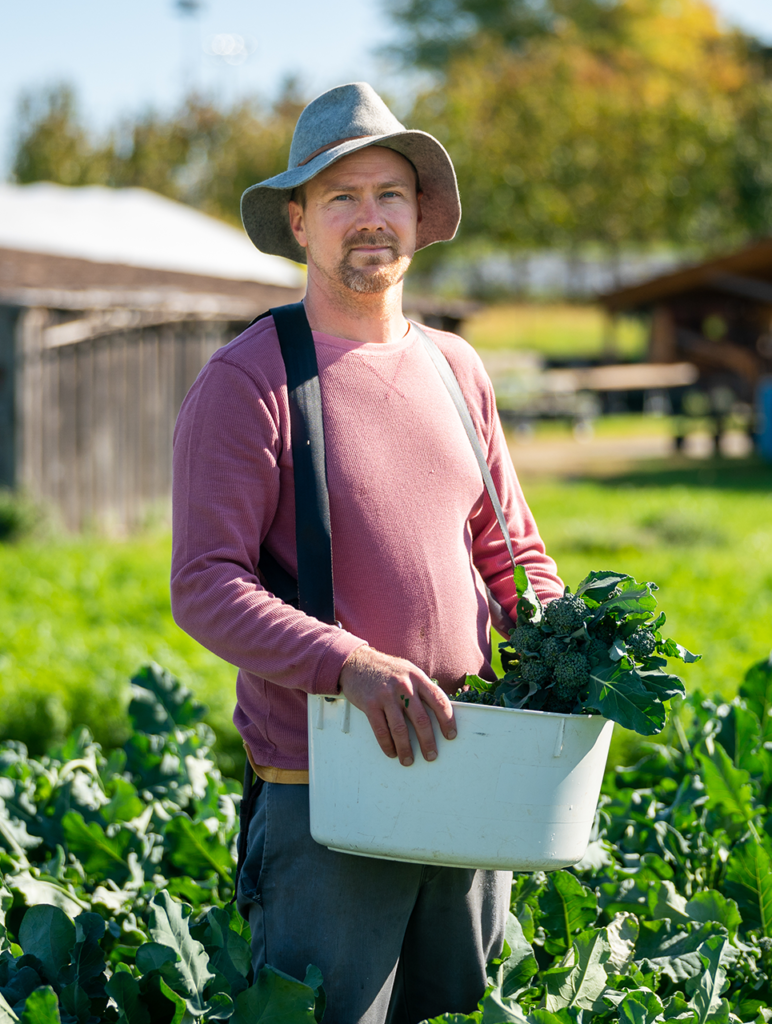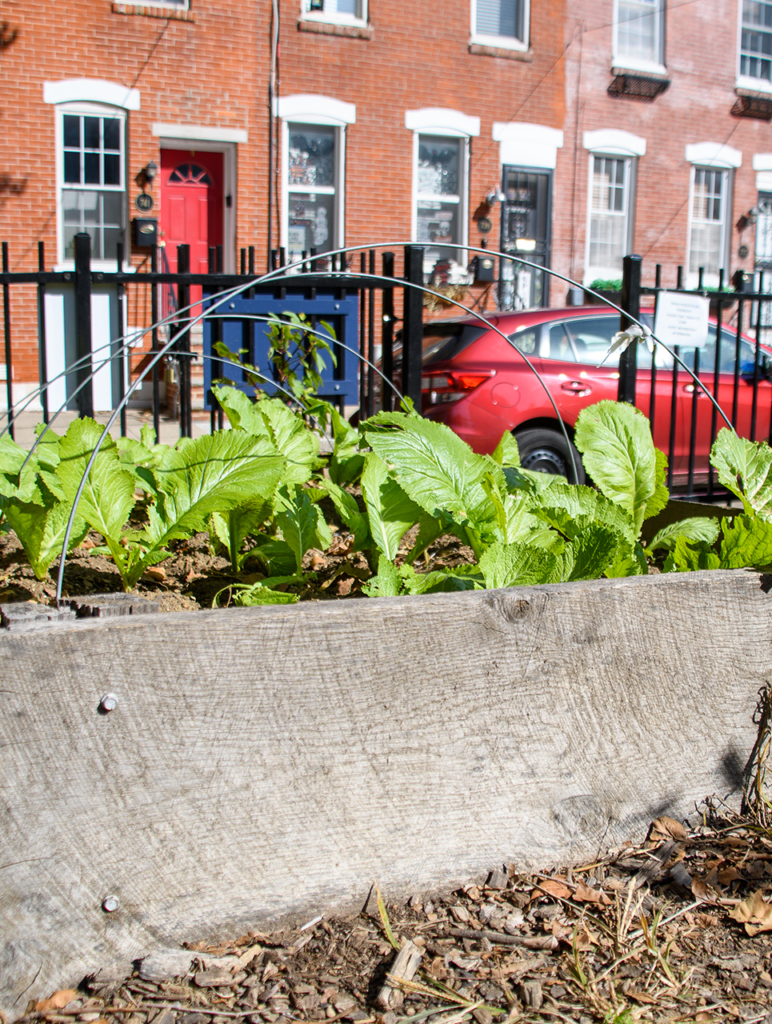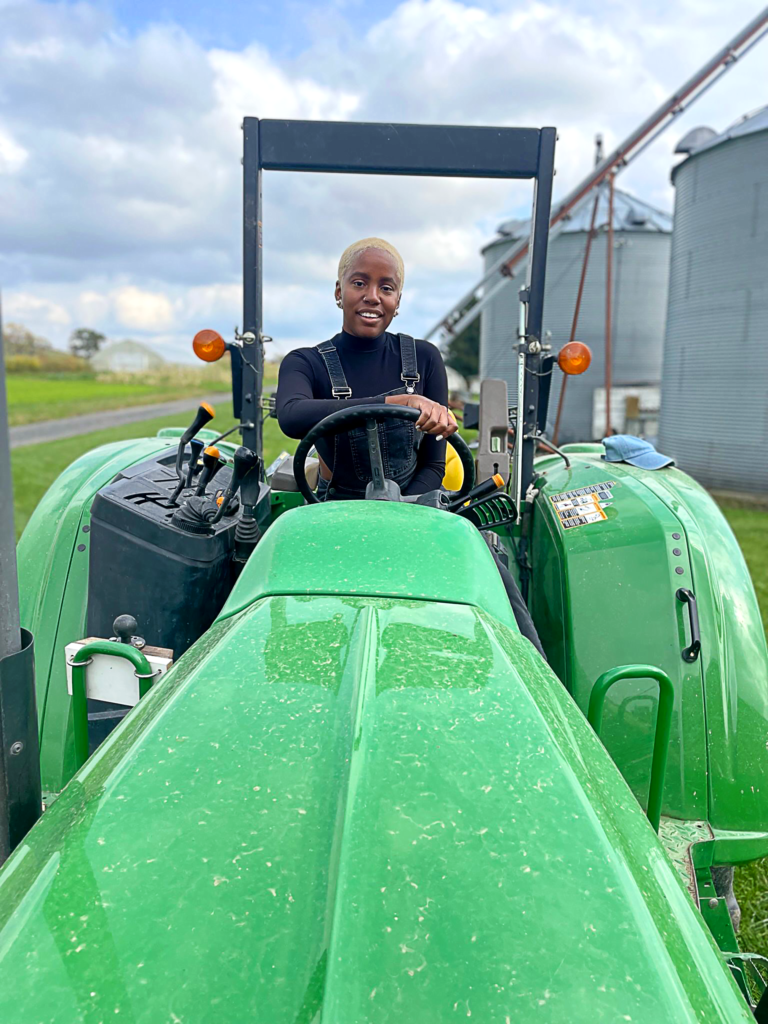Yes, this is our food and farming issue, but it’s so much more.
When we launched the 2030 Series in April, our goal was to focus each month on a single topic through the lens of sustainability. The themed issue is a tried and true convention for editorial, but when it comes to sustainability, the divisions between topics quickly blur. Nowhere is that more evident than when we talk about food.
The intersections of food and waste are front and center in our cover story about Sharing Excess. Evan Ehlers and his organization scored a major public relations coup when they handed out millions of pounds of free avocados, but the real story is the infrastructure that Sharing Excess has built in just a few years. Every week, they are saving 100,000 pounds of food from going to the landfill.
The story has a climate change angle. Food that goes to the landfill decomposes anaerobically, which releases methane, which has more than 80 times the warming power of carbon dioxide over the first 20 years after it reaches the atmosphere.
It has a social equity dimension because Sharing Excess delivers food to organizations that serve people who have been marginalized by our economy. It begs the question: Why are there so many people who cannot afford to buy food?
If we work backward a little further, this “food story” has an energy component (and climate change again!) due to the fact that the majority of our food is manufactured using fossil fuel-intensive pesticides and fertilizer.
This in turn becomes a water issue when excess fertilizer makes its way into streams, rivers and lakes causing toxic algal blooms that are harmful to aquatic life.
Because farming requires physically challenging work but the jobs are seasonal and don’t pay well, there’s a labor component. (You can also file this under healthcare, as farm workers typically cannot afford health insurance.)
Of course there is also an intersection with transportation, as those distributed avocados were grown thousands of miles away. Since transportation requires energy from fossil fuels, once again you are talking about climate change.
Finally, there is land use, because forests are often cleared for agriculture, which results in biodiversity loss. (Not to mention the land necessary for our extensive highway system.)
Agricultural businesses routinely choose what is most cost-efficient, and that results in waste, pollution and the pillaging of the natural world. Profits are prioritized over the health of our ecosystems, the dignity of our workers, and the livability of our planet — for humans and all other creatures.
That’s why I find myself lingering over the illustration on page 58 about permaculture versus conventional farming. This is where it all begins: the health of our soil and the farm labor it requires. When we prioritize our soil, it will immediately and positively affect our food and, in turn, prioritize the people doing the farming over the profits that are produced. The negatives of our food system could be turned around and become forces for good. When we change our food system, we change the world.

Alex Mulcahy, Editor-in-Chief

